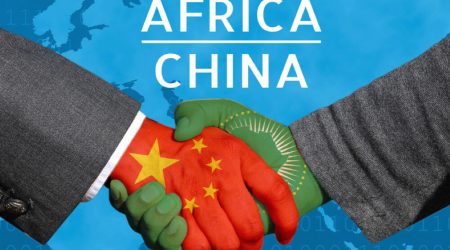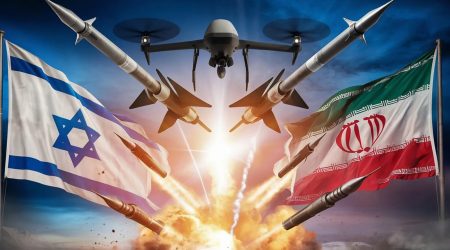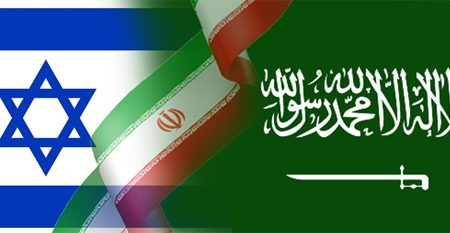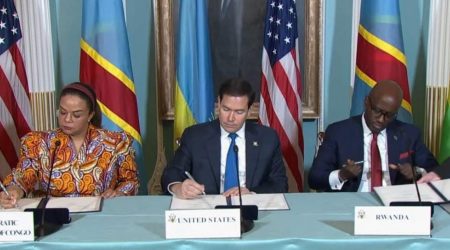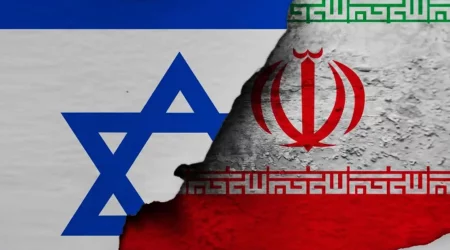
5
May
Minerals for peace: US mediation between Rwanda and DRC
Eastern Congo’s long-simmering conflict flared anew in late 2024 when the Tutsi-led M23 rebel group resumed its offensive. Claiming that Kinshasa had failed to integrate Congolese Tutsis and protect them from hostile militias, M23 swiftly captured key towns and, crucially, the Rubaya coltan mine. Analysts estimate the group now collects large sums of money in mining “taxes,” channelling much of this through Rwanda as its mineral exports surge in 2024. Human-rights investigators warn that Rwanda’s security concerns, ostensibly tied to defending Tutsi kin against the FDLR, a Rwandan Hutu militia implicated in the 1994 genocide, coincide suspiciously with the location of valuable deposits of coltan, tantalum, gold, cobalt and copper.
Evidence of Rwandan backing is compelling. United Nations experts have documented thousands of Rwandan troops and heavy weaponry alongside M23 fighters. Kigali denies direct involvement, insisting its actions are purely defensive against the FDLR, yet independent reports place roughly 3,000 Rwandan soldiers in eastern Congo by mid-2024, operating in tandem with Ugandan forces. Even Rwanda’s justifications echo its own economic benefit: M23’s new territorial gains have vastly increased illicit mineral flows through Rwandan channels. As Rwanda’s economy benefits from soaring mineral revenues, critics argue Paris- and Washington-backed Kigali is using ethnic-security pretexts to pursue resource interests.
Kagame’s Rwanda wields surprising diplomatic clout. A formal Trade and Investment Framework and a bilateral investment treaty with the United States, unique for an African nation, complement hundreds of millions in American aid. Kigali routinely hosts major international forums, touting itself as a development success, while maintaining tight political control at home: President Paul Kagame’s 2024 re-election garnered 99% of the vote amid a climate of restricted dissent. This combination, a reliable Western security partner with an authoritarian yet capable state apparatus, has allowed Rwanda to pursue its regional ambitions with minimal pushback.
In response to M23’s advance and Rwanda’s involvement, Washington moved to broker a peace framework. On April 25, U.S. Secretary of State Marco Rubio convened delegations from Kinshasa and Kigali in Washington to sign a “Declaration of Principles.” Both parties agreed to respect sovereignty, cease military support for nonstate armed groups, and establish joint security mechanisms to rein in militias. Rwanda pledged to withdraw or end backing for M23, while the DRC committed to dismantling the FDLR. Refugee returns, bolstered UN peacekeepers, and mechanisms for addressing border security “by peaceful means” were also enshrined. Almost immediately, Rwandan troop movements in the east decreased, and clashes waned.
Crucially, the American framework weaves economic incentives into its security provisions. The declaration envisions phased regional economic integration backed by U.S. investment in infrastructure, mining, and hydropower. Both Kinshasa and Kigali anticipate “minerals-for-security” deals: the DRC will finalize a long-discussed package with U.S. firms on the peace-signing day, and Rwanda is negotiating a parallel agreement. Advisor Massad Boulos has indicated that once the peace accord is signed, its companion minerals deal will follow swiftly. Rubio stressed that a “durable peace” in the Great Lakes region would open doors for “reliable supply chains” of critical minerals, reassuring American companies of transparent, governable conditions.
This initiative is not merely a bilateral peace effort but a component of broader U.S. mineral diplomacy aimed at countering both Chinese and Russian influence. Eastern Congo’s reserves, among the world’s richest in cobalt, copper, lithium and gold, are indispensable to electric vehicles, renewable energy and high-tech industries. Historically, Chinese state-led infrastructure-for-resources pacts have dominated the sector.
Washington’s peace-with-investment blueprint offers an alternative: stabilization of eastern Congo under U.S. auspices, followed by responsible mining partnerships. Trump ally Erik Prince, for instance, signed an agreement to help the DRC secure and tax its mineral wealth, dovetailing with U.S. proposals for minerals-for-security pacts. In Kigali, U.S.–Rwanda talks emphasize governance standards and supply-chain integrity. Rubio’s message is clear: American firms will bring “good governance” to Congo’s mines, ensuring that critical minerals flow through transparent channels rather than armed cartels.
This strategy also undercuts China’s trade-war advantage. Cheap Congolese cobalt has lowered production costs for Chinese battery manufacturers, giving them an edge even as Congolese coffers suffer lost tax revenues. By securing a stable share of Congo’s output through formal agreements, U.S. companies could reduce Beijing’s leverage and diversify global supply sources. A U.S. strategy brief bluntly asserts that bilateral cooperation in the DRC “will be crucial to countering China’s dominance” in the mining sector.
Equally, the peace deal aims to counter Russian footing in the DRC. Moscow’s footprint in Africa relies less on broad state investments and more on security-for-resources arrangements brokered by private military companies such as Wagner. In the Central African Republic and Libya, Wagner has traded military support for gold and diamond concessions amid violent upheaval.
The Washington-brokered Congo–Rwanda agreement thus crystallizes a new phase of mineral diplomacy. It exemplifies how the U.S. is converting soft power, private capital and security guarantees into tangible footholds in critical supply chains. Concurrently, China relies on deep infrastructure commitments to secure raw materials, and Russia exploits instability through mercenaries. This tripartite contest over Africa’s minerals highlights a defining feature of twenty-first-century geopolitics: control of resources essential to the green and digital economies. If the 2025 accord holds, it may not only stabilize a volatile region but also reshape the global mineral landscape, curbing Chinese dominance and pre-empting Russian opportunism under the banner of U.S. strategic engagement.
By Mahder Nesibu, Researcher,Horn Review

